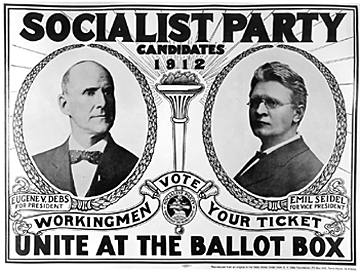“The Communists also discovered that they could exert political power through local Democratic (and sometimes Republican) parties far better than they could in their own name. The American political system’s amorphous character, its direct primaries, and the absence of a really cohesive national party made this possible. Thus, in Minnesota, the Communists could parley with the Farmer-Labor governor, Floyd Olson, without embarrassment; they were instrumental in achieving the fusion of the Farmer-Laborites and the Democratic Party in that state. In Washington and Oregon, it was the left, including publicly known Communists, who built the ‘Commonwealth Federations‘ that became powerful ginger groups within the formal Democratic structure. In Philadelphia, the Communists connected themselves through local reform movements based on the citywide C.I.O. councils (whose flexibility and autonomy of action the Communists were quick to appreciated and exploit) in such a way as to exert powerful leverage on the Democrats. So successful was this strategy that the Party’s ideological opponents, both the Social Democrats and the Trotskyists, tried the same tactic, in the Michigan Commonwealth Federation for example. Continue reading →

